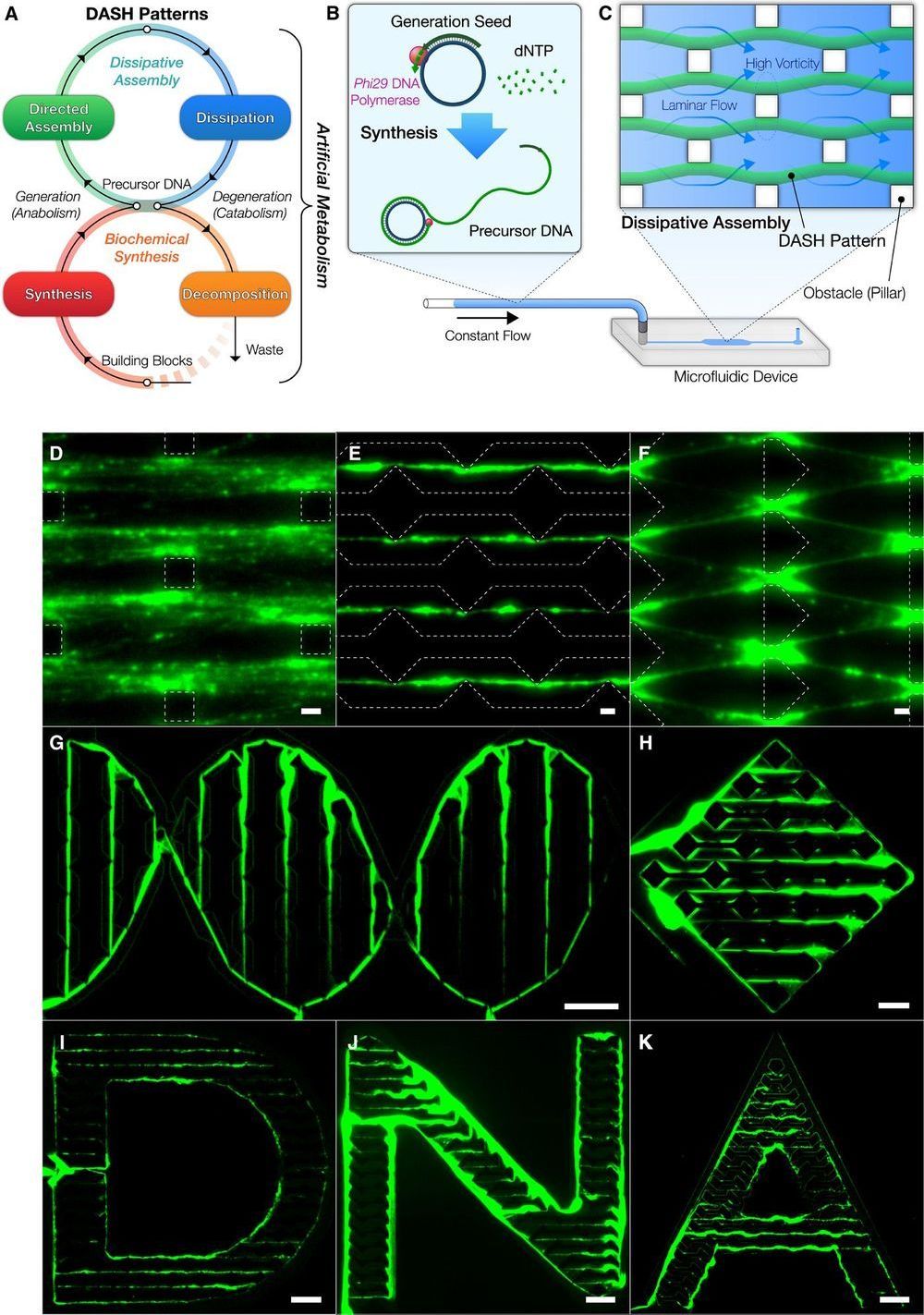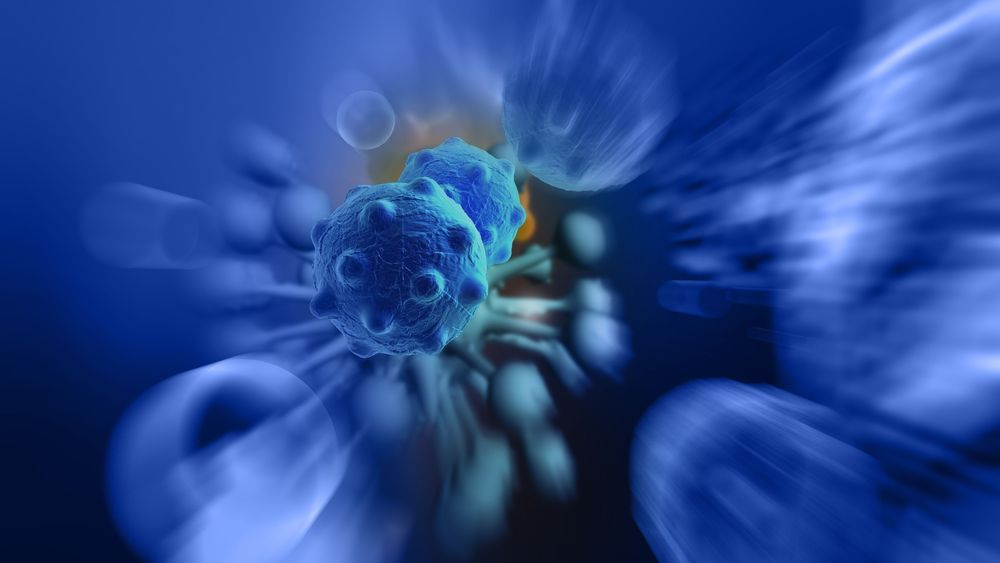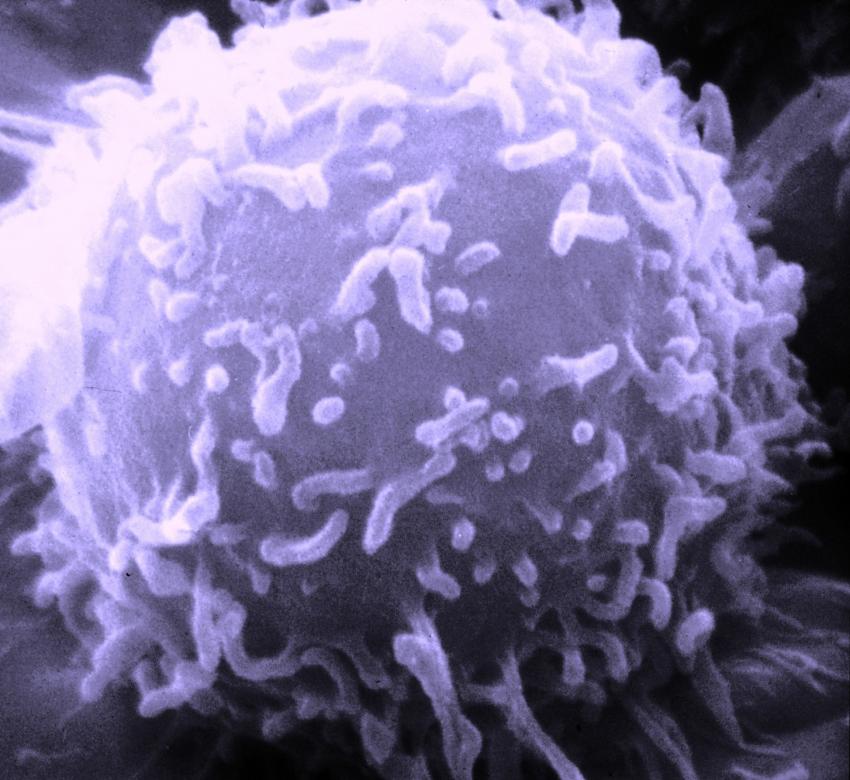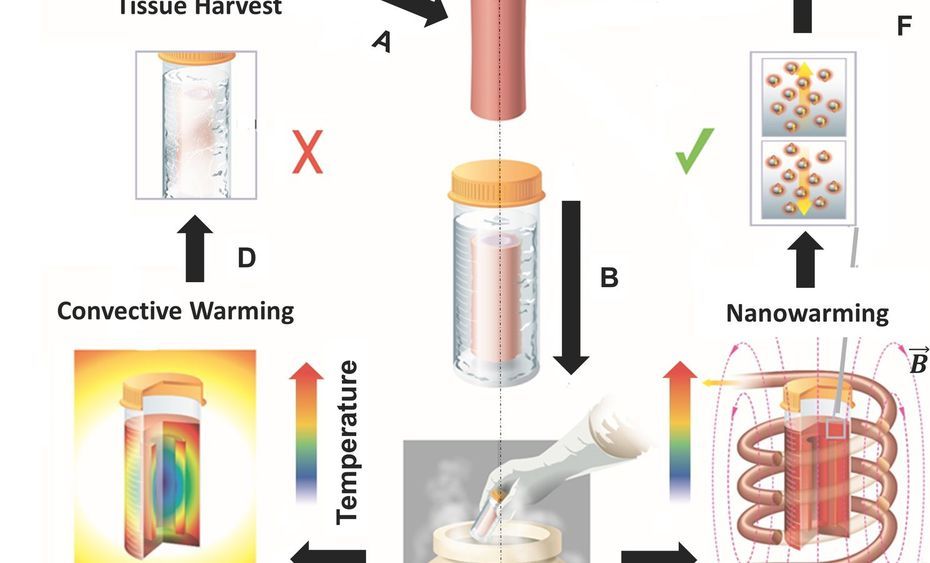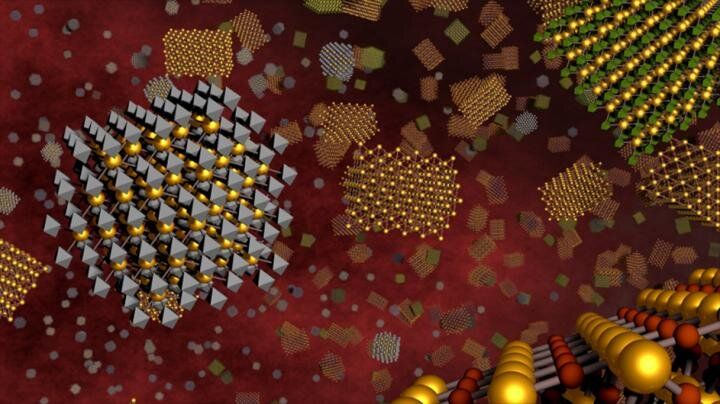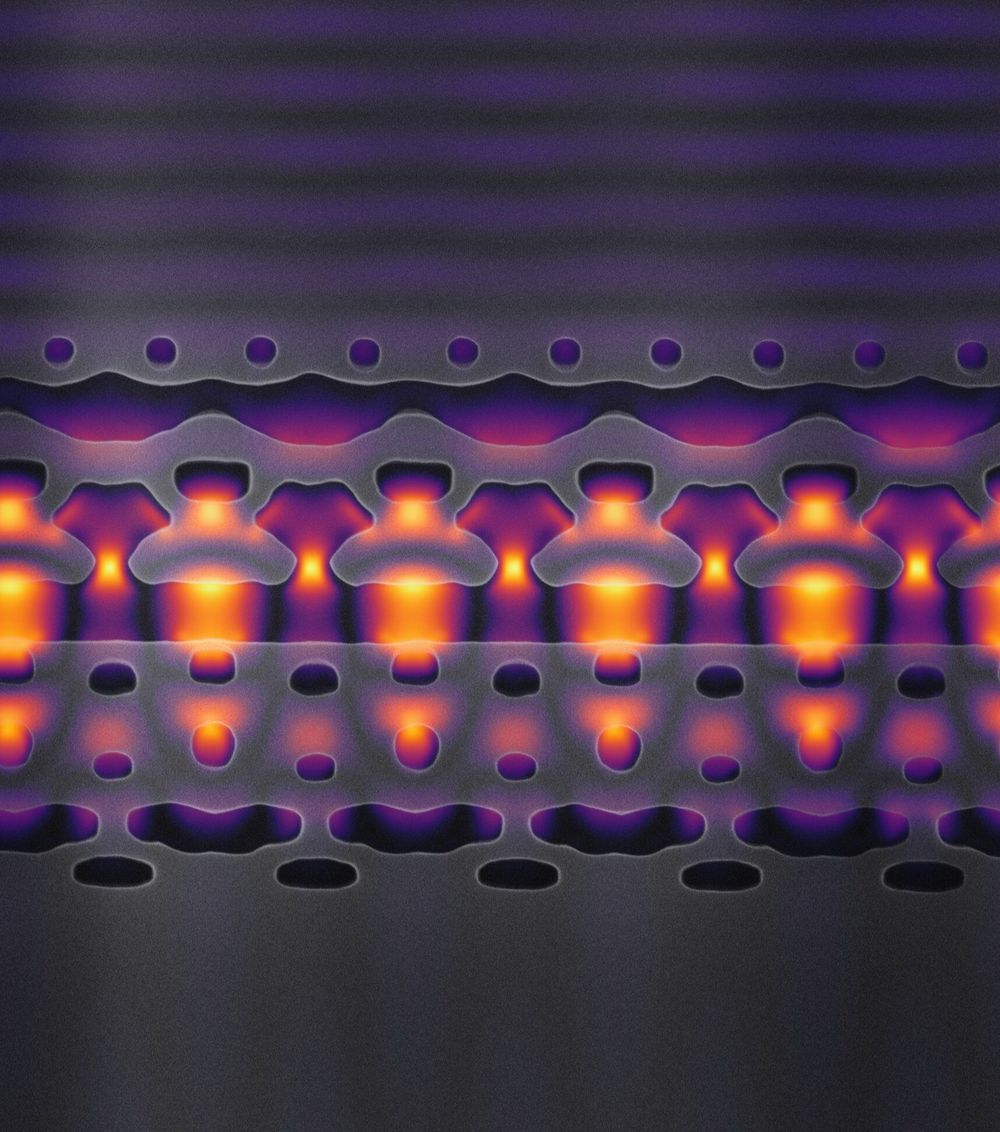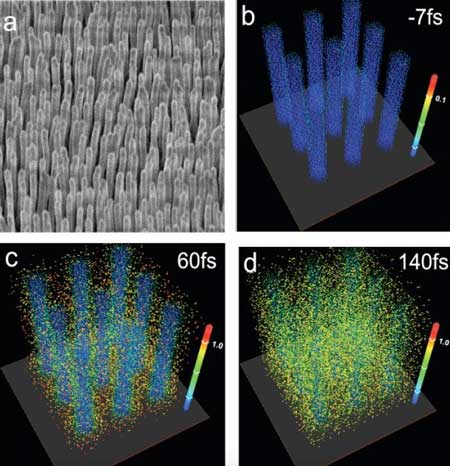Jan 11, 2020
Dynamic DNA material with emergent locomotion behavior powered by artificial metabolism
Posted by Mike Diverde in categories: bioengineering, biotech/medical, genetics, nanotechnology, quantum physics, robotics/AI
Interesting research paper on a new nanobot technology. I’m watching for ways in which suitable substrates for mind uploading can be constructed, and DNA self-guided assembly has potential.
Here are some excerpts and a weblink to the paper:
“…Chemical approaches have opened synthetic routes to build dynamic materials from scratch using chemical reactions, ultimately allowing flexibility in design…”
